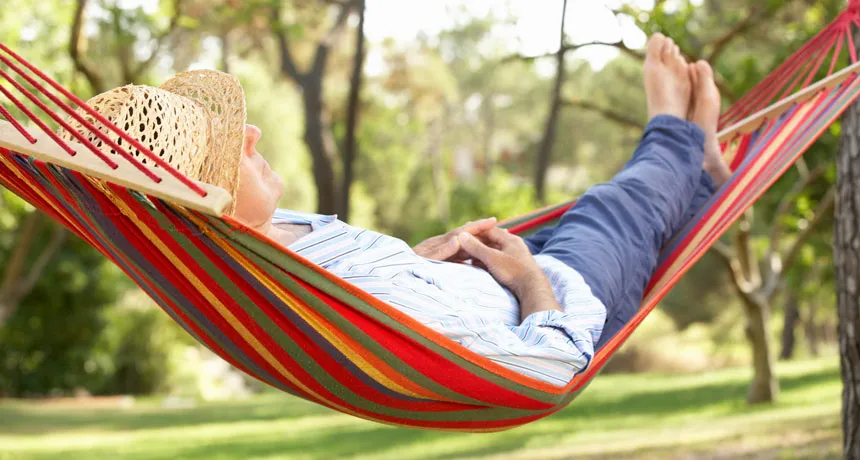Rocking puts adults to sleep faster and makes slumber deeper
People’s memories also improved the next day after a night of gentle swaying

MOVING AND SNOOZING People slept more soundly if they spent the night rocking, a new study shows.
Monkeybusinessimages/istock.com
- More than 2 years ago
Babies love to be rocked to sleep. It turns out that we never quite grow out of it.
Grown-ups tucked into a gently swaying bed for the night fell asleep faster and slept deeper, scientists report in the Feb. 4 Current Biology. What’s more, these rocked adults had sharper memories the next morning. Aside from hinting at the next great sleep aid, the results offer clues about how the brain refreshes itself each night.
“We’ve been rocking our babies for thousands of years now. We know it helps them fall asleep,” says Robert Stickgold, a cognitive neuroscientist at Harvard Medical School. So why not adults? “I’m putting my bed on a rocker tonight,” he says, calling the results “a lot of fun.”
Neuroscientist Laurence Bayer of the University of Geneva and her colleagues first got a hint that adults might benefit from rocking in 2011. The researchers found that adults napped better in a custom-built rocking bed — a contraption that gently sways back and forth every four seconds, moving 10½ centimeters each way. But it wasn’t clear whether rocking might improve sleep across an entire night.
So for the new study, Bayer and her colleagues invited 18 healthy young adults for several laboratory sleepovers, with one night spent on a rocking bed and one night spent on a stationary one. All the while, the researchers measured the people’s brain activity by electroencephalogram, or EEG, which can spot electrical signs of certain sleep stages.
The rhythmic motion affected people’s sleeping brains. Study participants fell asleep faster while being rocked, the researchers found. In a stationary bed, people took an average of 16.7 minutes to reach a light stage of non-REM sleep called N2. But when rocked, the young adults hit this sleep stage after an average of 10 minutes. Rocked people also spent more time in a deep non-REM stage of sleep called N3, and had fewer wake-ups. And rocking boosted the number of sleep spindles — fast bursts of brain activity that mark good sleep (SN Online: 8/10/10).
Before people fell asleep, they learned pairs of words, and then were given a memory test the next morning. After a night of rocking, people were better at remembering the words, an improvement that suggested higher quality sleep.
Mice, like people, also sleep better while jiggled, a related study by many of the same researchers found. The vestibular system, which detects motion and helps coordinate balance, seems to be key to translating the rocking motion into sleep benefits. That study, also published in the Feb. 4 Current Biology, hints that rhythmic movement signals can help shape brain activity during sleep.
Rocking while asleep might be particularly helpful to people with insomnia, Bayer says. “If rocking can help this population to sleep better, it will be a nice alternative or a natural complement” to sleeping pills.






